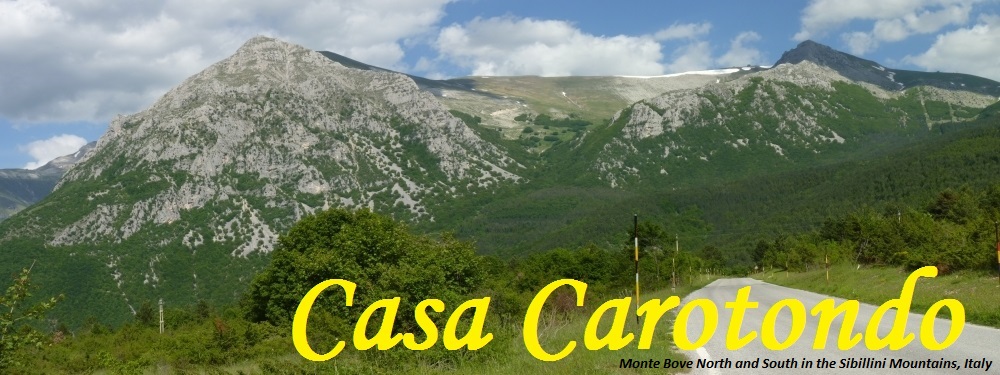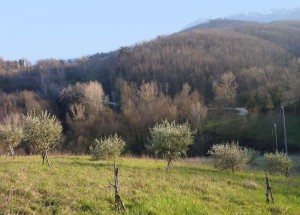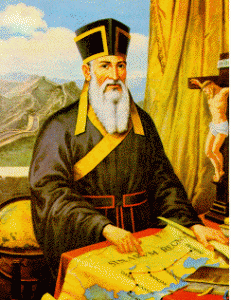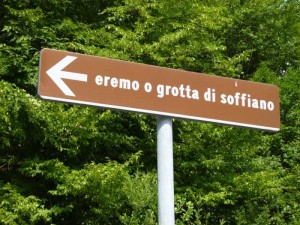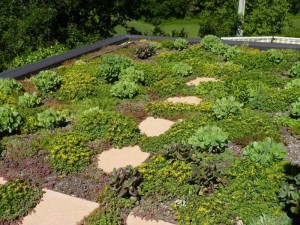While waiting for our various flights we had been able to establish that we could not change our flight from Santiago to Calama in northern Chile. As buying another one at short notice was expensive, we decided on a different strategy. We would stay in Santiago to rest for a couple of days and see the city and then make our way to Mendoza in Argentina and start our cycling there. It would be easier to start with than the Andes pass we had planned originally. Continue reading
Author Archives: Vanessa
Cycling in South America
Fourteen years ago Rob and I cycled the ‘Great Divide’ off-road cycle route in North America. The route follows the water divide as much as possible through the continent starting in Glacier National Park in Canada via the Rocky Mountains in Colorado to the Mexican border in New Mexico. After finishing the ride we planned to tackle South America next. Continue reading
Napoleon Bonaparte and the city of Tolentino, Le Marche, Italy
It might seem strange to link Napoleon Bonaparte to the city of Tolentino, however Bonaparte touched the life of this city twice. As a young general Napoleon Bonaparte conducted the first Italian campaign successfully against the Austrians. As a result he eventually persuaded Pope Pius VI, who was aligned with the Austrians, to agree to a peace accord. The signing of this treaty took place in Tolentino on 19th. Continue reading
People from Le Marche, Italy – World Famous Marchigiani!
See on Scoop.it – Living in Italy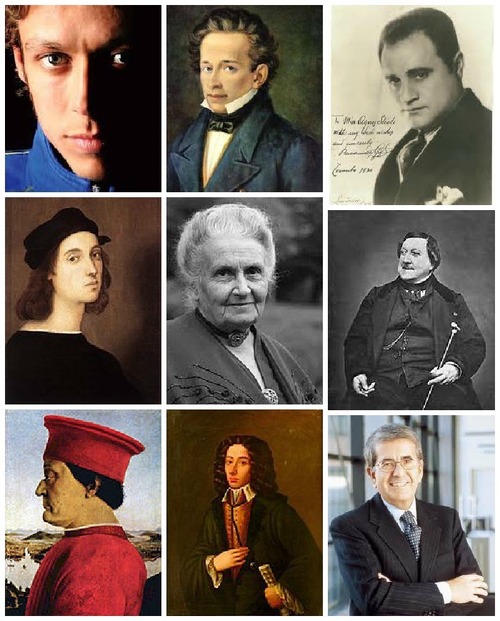
Whilst that beautiful Italian region nestling between the Apennines and the Adriatic- Le Marche – has only been “discovered” relatively recently by foreign visitors, it has curiously been the birth place of some of the world’s most famous Italians!
Olive trees at Casa Carotondo in Le Marche, Italy
Casa Carotondo is perched on top of a hill some of which (the south-west facing bit) belongs to us. It is difficult to know how to use the land productively; apart from planting olive trees and vines. We had not been here long when we found out you can buy olive trees – two years old – for only four Euros each, it seemed an obvious thing to do. We would produce our own olive oil! Of course everyone associates olives and olive trees with Italy. You see olive trees growing in most areas of the country, so naively we thought it would be a straightforward thing to do. Continue reading
Vatican asked to honour Jesuit who tried to evangelise China
See on Scoop.it – Le Marche Italy
The Vatican on Friday received a request to beatify an Italian Jesuit priest favoured by Pope Francis whose attempts to evangelise China in the 16th century were thwarted by the Church.
“The papers for the beatification process for father Matteo Ricci have been received by the Congregation for the Causes of Saints,” said Claudio Giuliodori from the Macerata diocesis in southern Italy, where the Jesuit was born in 1552.
Ricci, who died in Beijing in 1610, has been held up several times by the Jesuit pontiff as an exemplary evangelist.
“We must always ask forgiveness and look with shame upon the apostolic failures brought about by a lack of courage. I am thinking, for example, of the pioneering intuitions of Matteo Ricci which, at the time, were abandoned,” Francis said in a speech in November.
Padre Matteo Ricci – Li Madou – Xi Tai
The Eremo di Soffiano in the Sibillini Mountains, Le Marche, Italy
While driving from Casa Carotondo to the Prati di Ragnolo (the meadows of Ragnolo) to look at the wild flowers and the views you will pass the Santuario di San Liberato. Shortly after that is a turning to the left with the signpost Eremo di Soffiano (the hermitage of Soffiano). You can park your car at the junction and take the easy walk to the hermitage. The path leads you into a steep valley with the river Terro flowing below. After about 30 minutes you will come across the remains of a cave that was used by Franciscan monks as a hermitage many centuries ago. Continue reading
A green roof at Casa Carotondo, Le Marche
Green roofs have been around for some time, but are now increasingly being regarded as a way to improve the environment in cities. The city of Chicago, for instance, has now declared that it sees green roofs as the way forward to try to reduce rising temperatures in the city as well as enhancing air quality. Heat is stored in the roof and walls of buildings during the day and given off at night, the so-called Urban Heat Island (UHI) effect. A green roof prevents this heat storage happening. Through the daily dew and evaporation cycle, plants on vertical and horizontal surfaces are able to cool cities during hot summer months. They also provide some insulation to the building below, even in winter. Continue reading
Alberico Gentili from San Ginesio, Le Marche, Italy
Casa Carotondo is located in the commune of San Ginesio. Alberico Gentili is San Ginesio’s most famous son. He is considered to be one of the founding fathers of international law. Having been a student of international relations, his name was already familiar to me before we moved here. Strange I should now be living in his birthplace. Continue reading
